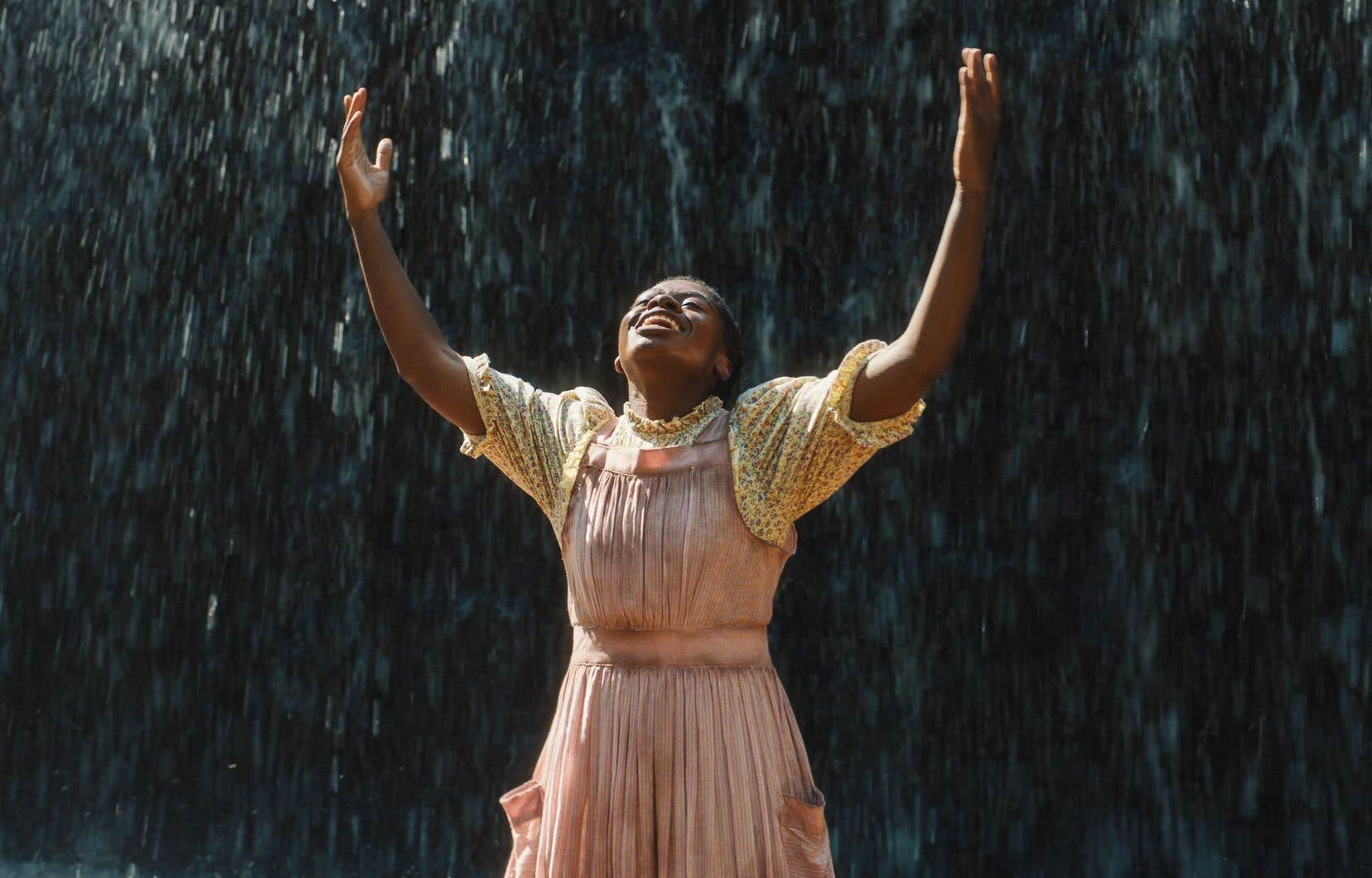Winner of the Pulitzer Prize and sold more than 5 million copies since its publication in 1982, the novel The Color Purple (The color purple), by Alice Walker, is a classic of modern American literature. By focusing on the journey of a black woman from Georgia who, around 1900, went from an incestuous father to a violent husband, but survived, among other things, thanks to the friendship and love of two women with strong temperaments , the author offered a story never told before. In 1985, Steven Spielberg made a film that revealed Whoopi Goldberg and, in support, Oprah Winfrey. The latter produced a popular musical version for Broadway in 2005. Which in turn becomes a film, still under the patronage of the American icon.
A bestseller and three adaptations later, the story has more than proven itself. And, in fact, the painful tribulations of Celie, the heroine we follow from childhood to middle age, grip the guts.
Without being crude, the film is unequivocal in relation to the attacks by Celie’s father, as well as with regard to the terrible consequences thereof. Ditto after this executioner sold his daughter in marriage to “Mister”, another torturer: the violence of this angry and alcoholic husband is constant.
Enter Sofia, Mister’s new daughter-in-law. The complete opposite of the self-effacing Celie, Sofia is exuberant and, above all, returns blow for blow if you decide to hit her. His arrival is a breath of fresh air for Celie, but it does not last. It’s because the place and the time crush people like Sofia.
Then, here comes Shrug, cabaret singer and mistress of Mister. Behind his imperious exterior, Shrug hides his own wounds.
Far from upsetting Celie, Shrug’s presence awakens in her feelings — and desires — that she never suspected.
Galvanizing songs
Both a vast saga and an intimate story, The Color Purple respects the spirit and letter of the novel. As for the songs, they were extensively tested on the New York stages. In this regard, it should be noted that for this adaptation, we carried out judicious curation by removing thirteen songs.
Those that remain often prove galvanizing, starting with Hell No!intoned by a defiant Sofia.
That being said, in terms of the staging of the numbers, we unfortunately sometimes have more the impression of a recording of a show, than of a cinematographic adaptation. However, this problem is based on a good idea. Indeed, director Blitz Bazawule wanted to “illustrate” Celie’s imagination by occasionally immersing the protagonist in fantasy worlds.
The problem lies not in the concept, which is excellent, but in the execution. In lack of finesse, the connection between reality and fantasy is difficult.
Despite very good photo direction by Dan Laustsen (The Shape of Water / The shape of water ; Nightmare Alley / Nightmare Alley), the realization as such is, to tell the truth, often banal.
Dazzling interpretation
On the other hand, the interpretation of the predominantly female cast dazzles, electrifies, delights: send the matching superlatives!
After playing Celie on Broadway in 2007-2008, Fantasia Barrino made a brilliant transition to the big screen. During a virtual conference that we recently attended, the actress and singer confided that she shared many similarities with her character: hence, without a doubt, the emotional power deployed (especially during the emancipatory culmination that constitutes the number “ I’m Here » ; chills).
As Sofia, a role that once earned Oprah Winfrey an Oscar nomination for best supporting actress, Danielle Brooks is stunning. And there’s Taraji P. Henson… Without taking anything away from her co-stars, the star of Hidden Figures (Shadow figures) turns out to be particularly breathtaking: we knew she was a gifted actress, we didn’t know she was a prodigious singer. Her scenes with Fantasia Barrino are memorable.
Mention also to Colman Domingo (Rustin), first insidiously charming, then terrifying, in the role of Mister.
Ode to resilience and feminine solidarity, The Color Purple stirs up big emotions. Obviously, Alice Walker’s story has not ceased to inspire, even after three adaptations.
The film The Color Purple comes out on December 25.
